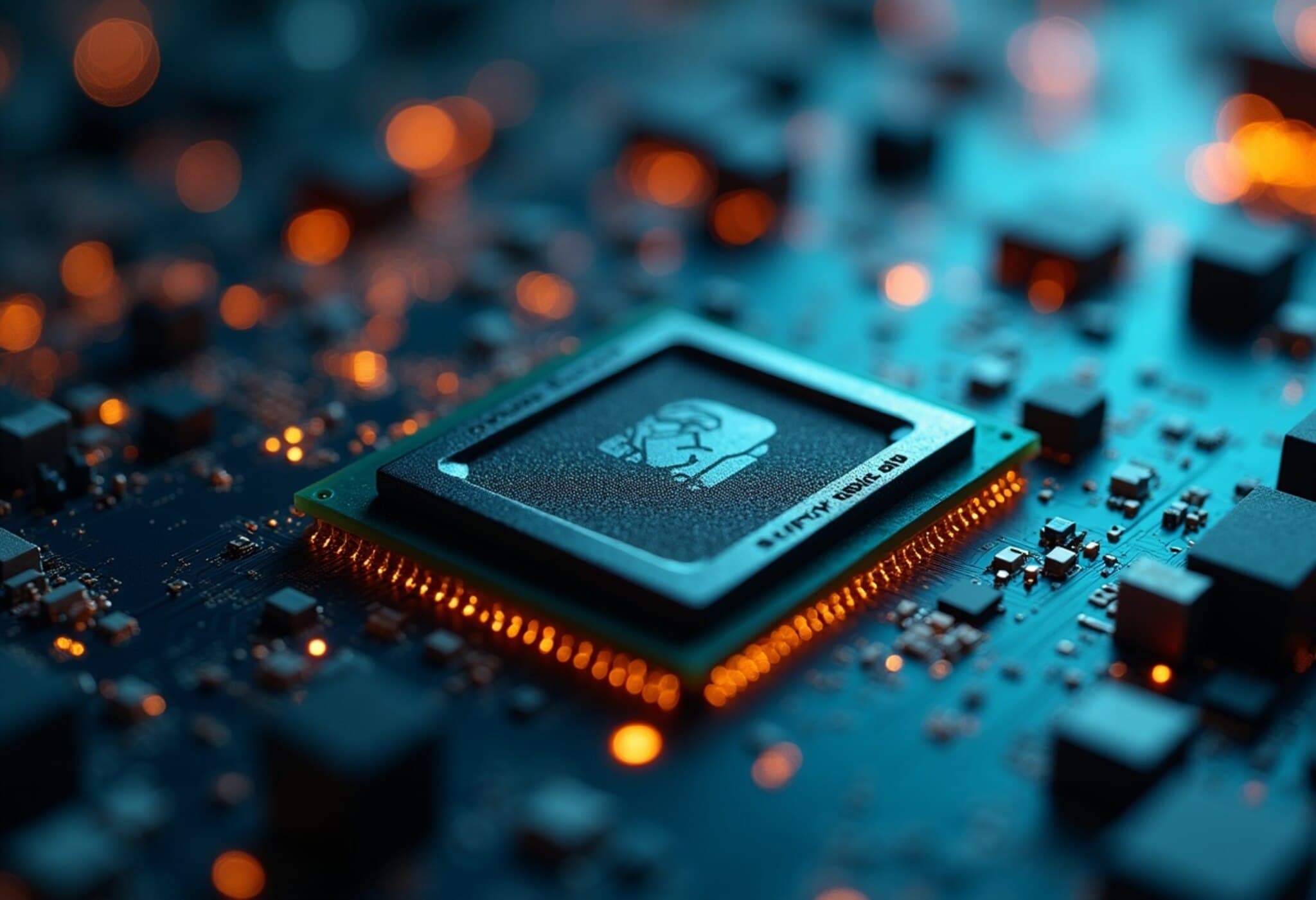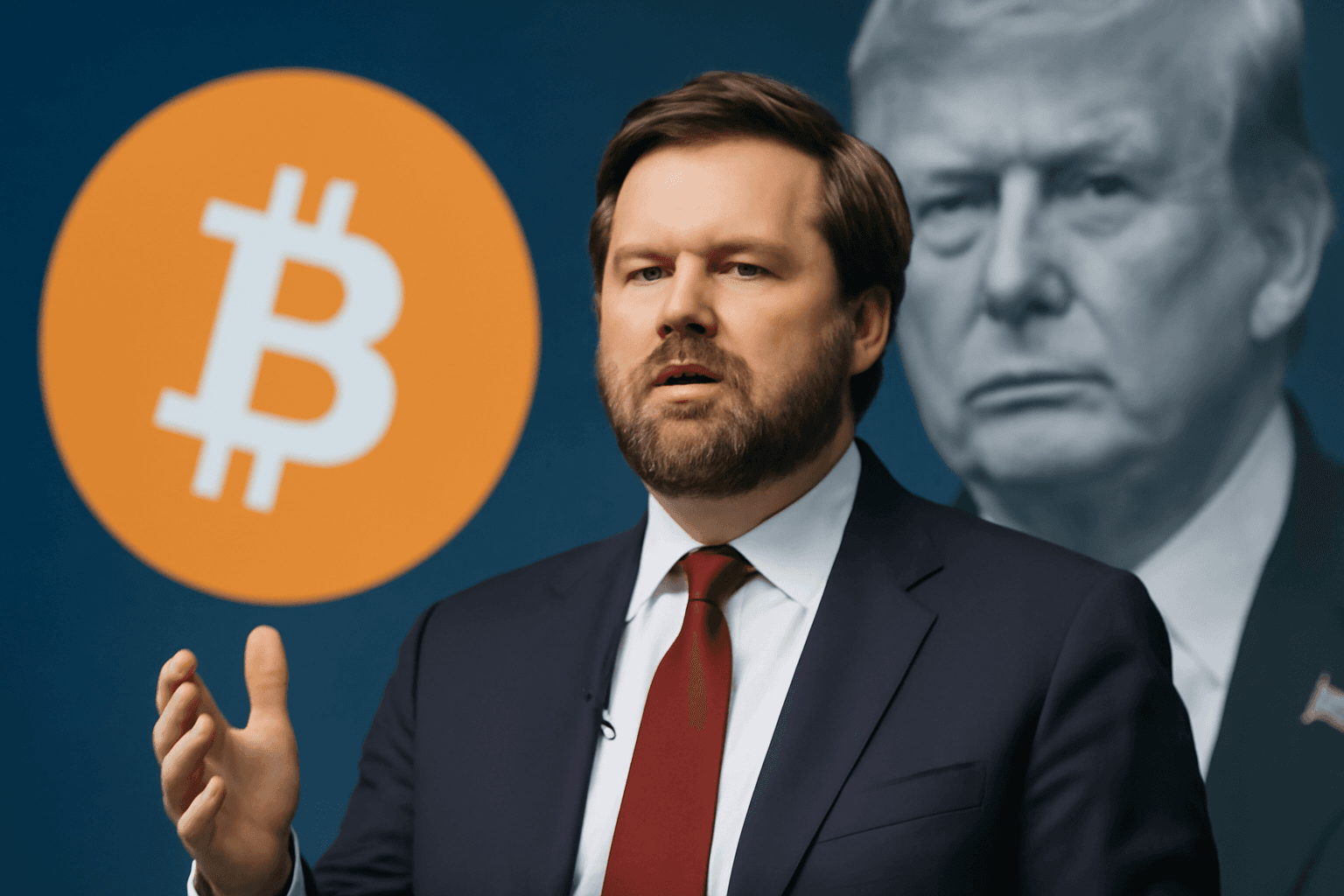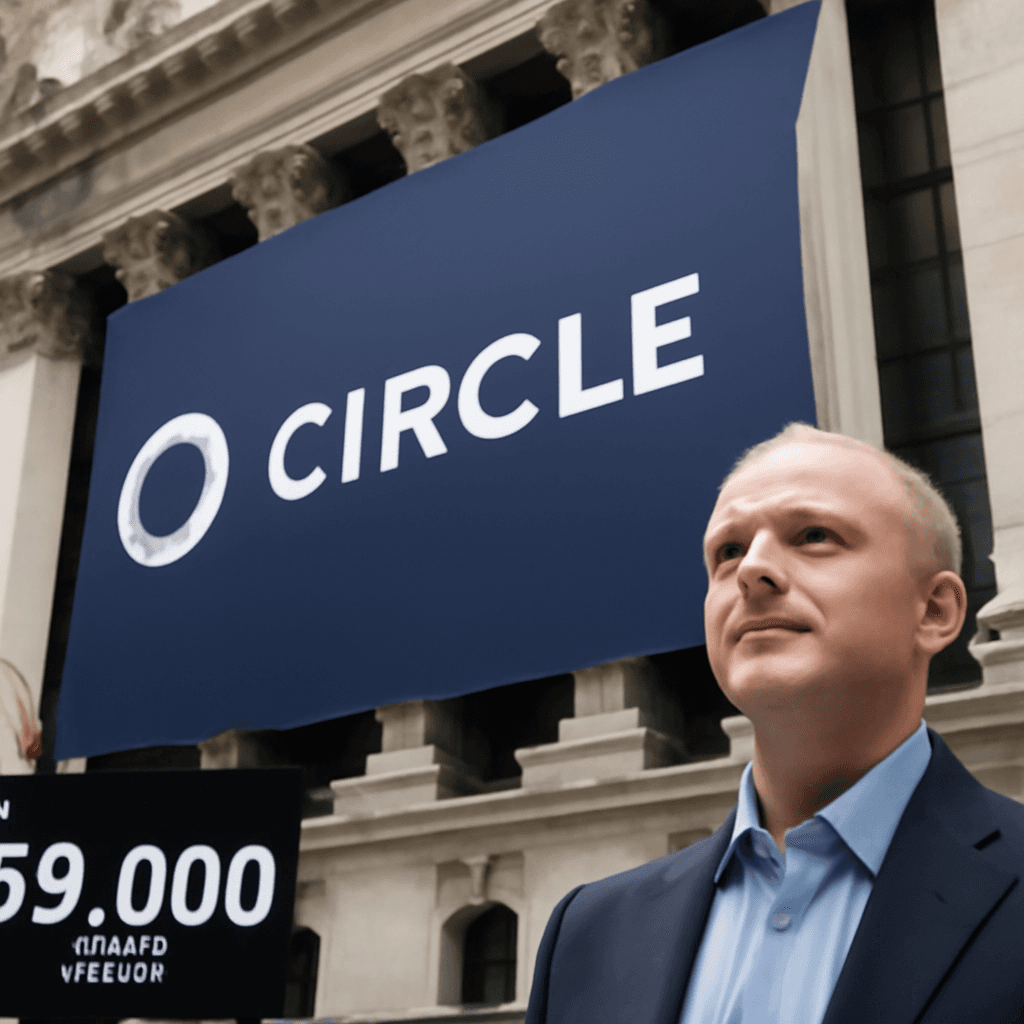Chime’s IPO Signals a Turning Point for Fintech Listings
The fintech scene is buzzing again. After a prolonged slowdown caused by rising interest rates and valuation recalibrations, several fintech companies are now stepping into the public market spotlight or gearing up for their debuts.
Leading this trend, Chime, a prominent online banking provider, is scheduled to begin trading on the Nasdaq soon. The company set its initial share price between $24 and $26, translating to a market capitalization of roughly $9.1 billion at the midpoint, before factoring potential dilution. While this valuation marks a substantial decline from Chime’s earlier private valuation, it underscores the market’s evolving perspective on fintech valuations.
A Sharp Valuation Reset Reflects New Market Realities
Back in 2021, private investors valued Chime at over $25 billion, fueled by feverish enthusiasm for tech startups. Venture firms, flush with capital, often engaged in aggressive funding at sky-high prices. Today, that exuberance has been tempered. As one industry veteran put it, equity was once "basically free," enabling companies to raise money at lofty valuations regardless of fundamentals.
This IPO pricing shift is emblematic of a broader industry correction, as fintech founders and investors recalibrate expectations and acknowledge a renewed, more cautious public market environment.
Positive Signals Amid Fintech’s IPO Resurgence
Despite the downward valuation adjustment, there are encouraging signs for fintech’s public comeback. Recent successful listings—from digital trading platforms to crypto firms—have helped re-open doors that were previously closed after a rocky period.
Several major players have either gone public recently or hinted at near-term plans, including buy-now-pay-later leader Klarna, which delayed its IPO due to market volatility but remains on investors’ radar. Crypto exchanges like Gemini and Bullish have also confidentially filed for IPOs, reflecting sustained investor interest.
Balancing Act: Raising Capital and Building Acquisition Power
For Chime, the IPO offers more than just capital infusion. The company reported a 32% revenue growth year-over-year, reaching nearly $519 million in the latest quarter, with a modest narrowing of net losses. Beyond funding operations, going public provides Chime with "acquisition currency"—the ability to use its stock to expand through deals.
This strategy could help the company consolidate market share amid fierce competition from major incumbents in banking and financial services.
Investor Expectations and Market Sentiment
Even with its valuation trimmed, Chime’s IPO still promises significant returns for early backers like DST Global and Crosslink Capital. This is critical, as Silicon Valley investors have faced a dry spell, with fewer lucrative exit opportunities recently.
Market observers emphasize that the window for fintech IPOs is open but cautious. Investors prefer a pragmatic approach rather than betting on aggressive pricing. For emerging fintech firms, grabbing the opportunity to go public now, even at more conservative valuations, might outweigh the risks of waiting.
Challenges Ahead for Chime
Chime’s considerable marketing investments illustrate its ambitions: it reportedly paid $33 million over three years for jersey patch sponsorship with the NBA’s Dallas Mavericks. However, the company must demonstrate that this spending translates into sustainable customer retention and growth as it contends with legacy banks and other digital challengers.
Its core business model relies heavily on interchange fees from debit and credit card transactions, a straightforward but competitive revenue stream.
Chime as a Fintech Market Barometer
Market participants view Chime’s debut as a bellwether for the fintech sector’s public reception. A successful IPO could unlock more listings and rejuvenate investor confidence across the board. Conversely, if the market response falters, many fintech firms might delay going public until conditions improve.
In short, Chime’s performance in the coming months is poised to shape the fintech IPO landscape, influencing how companies approach their growth and exit strategies amidst this evolving financial backdrop.











